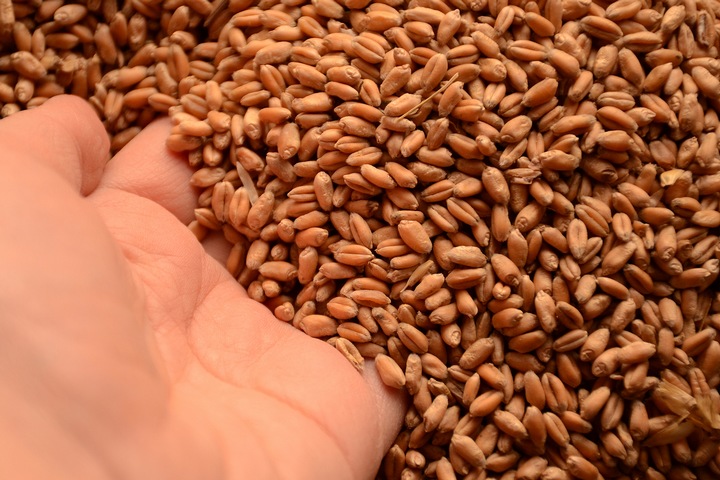5 Different Types Of Grains and Their Characteristics
We have been harvesting and eating grains for tens of thousands of years, and it’s no wonder. Grains can be stored for long periods, ship well, and provide nutritious food for humans and animals.
These small, edible seeds are harvested from various plants and commercially fall into two main categories: cereals and legumes. Eating grains is something that humans have done for a long time, and they have provided us with nutrition and sustenance throughout millennia. It is a staple in our diets today.
This list contains the most common types of grains and their unique characteristics:
Type #1: Wheat grains
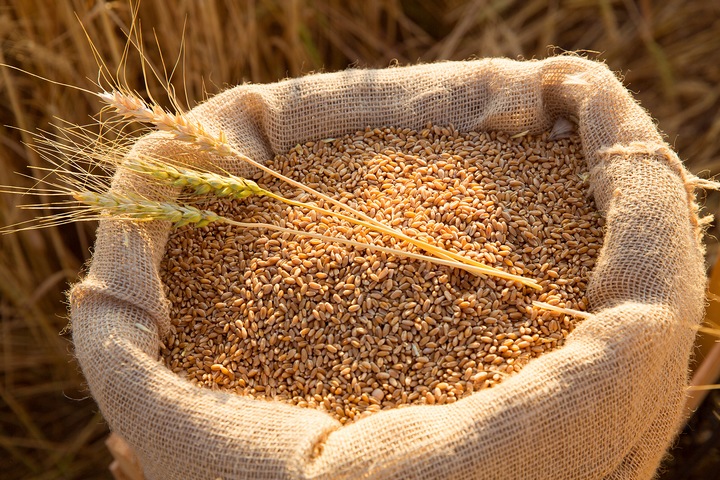
Wheat is one of the most produced grains on the planet. These types of grains are usually milled into flour for use in a large variety of bread, cereal, pasta and other baked goods. There are several varieties, including:
- Duram
- Spelt
- Emmer or Farrow
- Einkorn
- Kamut
It is low in fat, high in protein and carbs and is the principal cereal crop worldwide. Wheat is preferred by many farmers since they have high yield and can be stored easily. Farmers can invest in grain bin temperature monitoring technology to ensure their wheat is stored securely.
Type #2: Corn grains
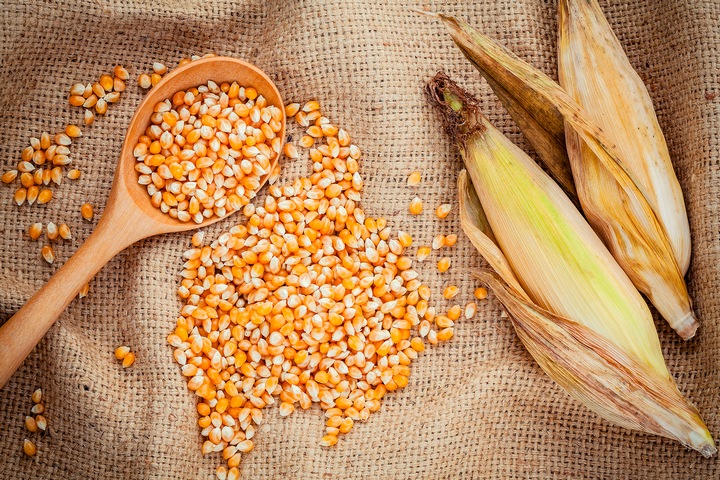
Corn is a sweet grain first cultivated in Mexico from wild grass over 10,000 years ago. It is used in many forms, from popcorn to breakfast cereal and corn starch, cornmeal and porridge. It’s packed with vitamins and minerals and is gluten-free. These types of grains also have almost twice the antioxidants as an apple and more than any other vegetable or grain.
Corn is largely produced as cattle feed but also to produce sweeteners. It is even used in non-food products like glue, paper, cosmetics, paint, insulation and even fireworks.
Type #3: Rice grains
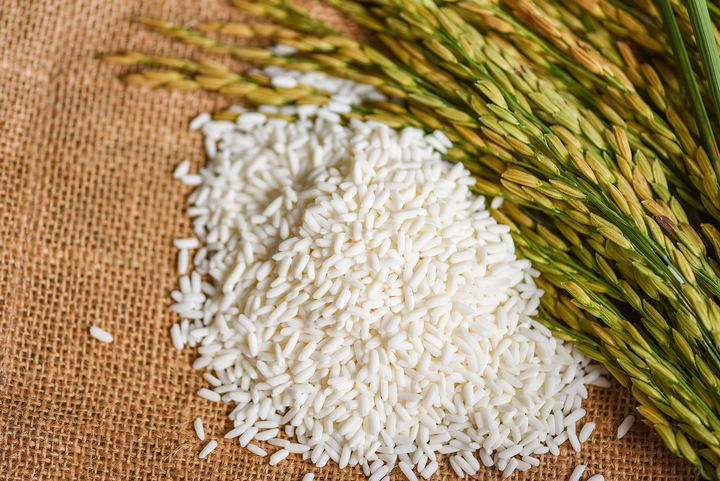
The most eaten grain in the world is rice, with over 100 countries that grow it. There are 40,000+ varieties, and worldwide agricultural production is third only to sugarcane and maize.
Rice is primarily carbohydrates with a smaller protein and is low in fat. It is also filled with lots of vitamins. The more common varieties of rice that we consume are:
- White rice
- Brown rice
- Arborio rice
- Basmati rice
- Jasmin rice
- Wild rice
In their processed forms, we get puffed rice, rice bran, rice flour, and sake.
Type #4: Oat grains
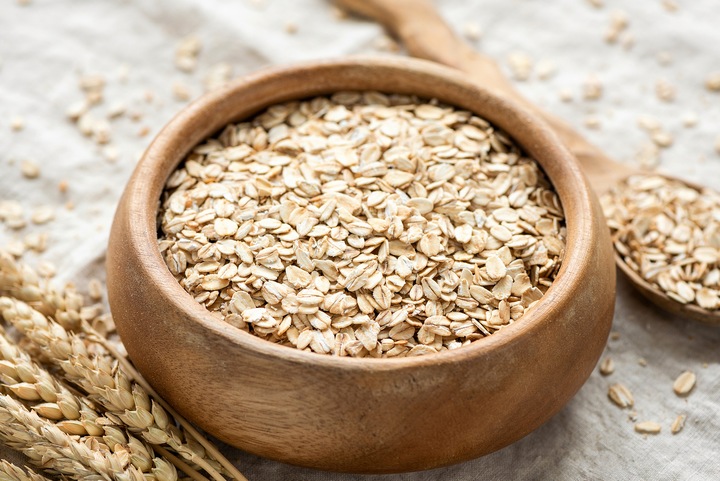
Many of us grew up on oatmeal, and it is an age-old cereal grain that is usually sold whole. This means that the whole grain oat is present regardless of how it is processed.
The grain is usually flattened and steamed and comes in steel-cut, old-fashioned, regular, quick and instant oats, and this dictates how fast it cooks. Oats have a special fibre called beta-glucan that is effective for lowering LDL cholesterol, and it has the highest protein and fat content of all grains.
Type #5: Barley grains
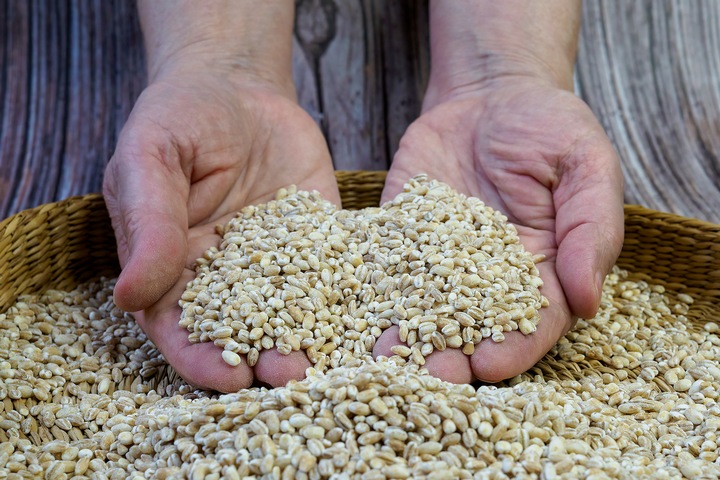
Barley was originally from Asia and is one of the first cultivated grains. It has a lower gluten content than other grains, so it is not used to make bread as much as others. Barley production worldwide is mainly used in making beer but is still a staple in some counties where it is difficult to grow wheat.
We process barley to make barley flour, pearl barley, malted barley, barley grits and barley flakes.
Other true cereal grains include:
- Teff is Not very well known in western countries but is a staple fine-grain crop from Ethiopia and Eritrea
- Sorghum Related to cane sugar, sorghum is the main grain crop in Western Africa and Asia, where other crops are hard to grow.
- Rye This grain was not known to ancient Greeks and Egyptians as it was cultivated much later. Pumpernickel bread is made from and is used in distilled alcohols.
- Millet Before rice, millet was a staple grain in Asia. It is among the hardiest grains and grows where most other grains won’t.
- Triticale This grain was created in the 1950s by cross-fertilizing wheat and rye breeders. It was a high-yielding grain but didn’t live up to the hype.
Other types of grains
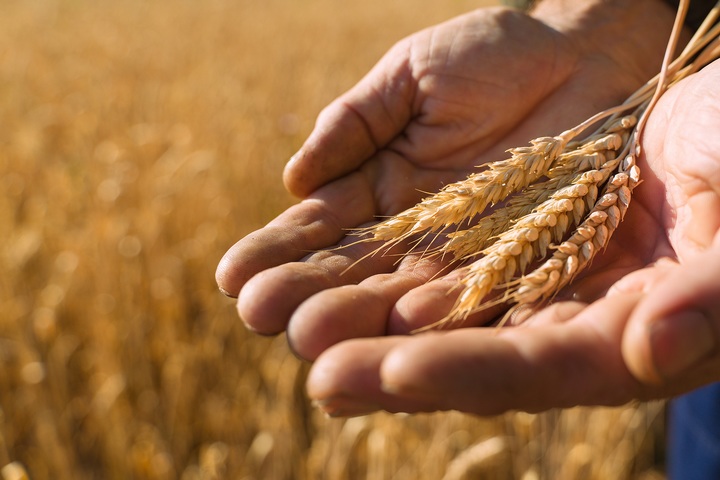
We also have pseudo-cereal grains grown and used in the same ways as true grains.
Amaranth
This “grain” has a peppery taste with high protein levels and is produced as puffed seed, flakes, sprouted and as a whole, raw seed.
Buckwheat
Another pseudo-grain, buckwheat, has a nutty flavour and cultivated around Eastern Europe and Asia for over 8,000 years. Japanese use it to make soba noodles, and it is also refined into buckwheat flour and groats.
Quinoa
The Inca people cultivated Quinoa in the Andes and called it the mother of all grains. It has a high protein content but is low on the glycemic scale, making it a nutrient-dense pseudo-cereal grain.
When used as dry grains, Legumes are called pulses and are harvested as dry seeds in the pod. They are rich in protein and amino acids but are lower in carbohydrates.

